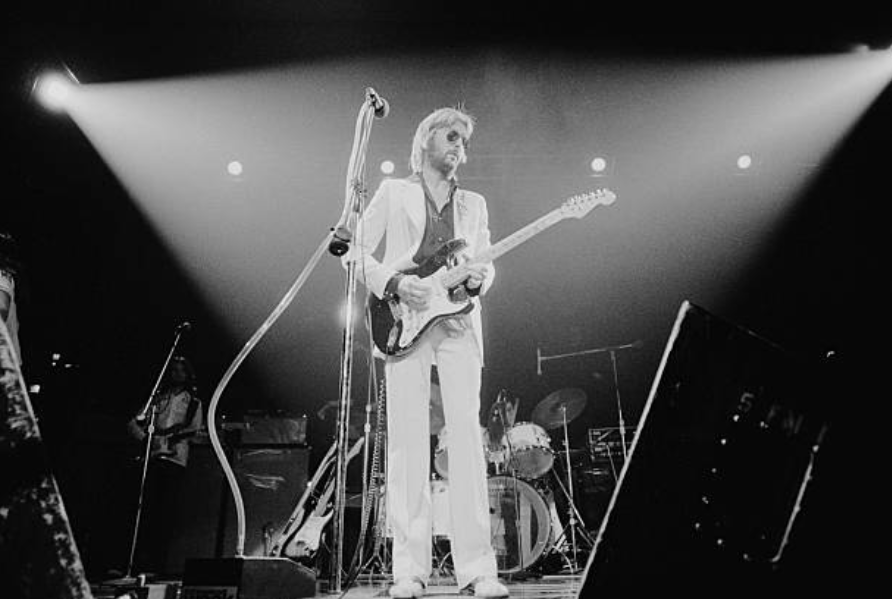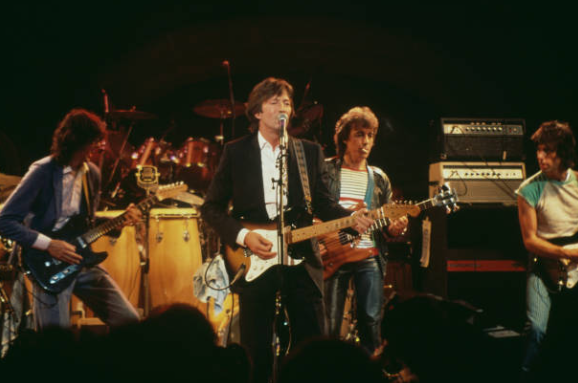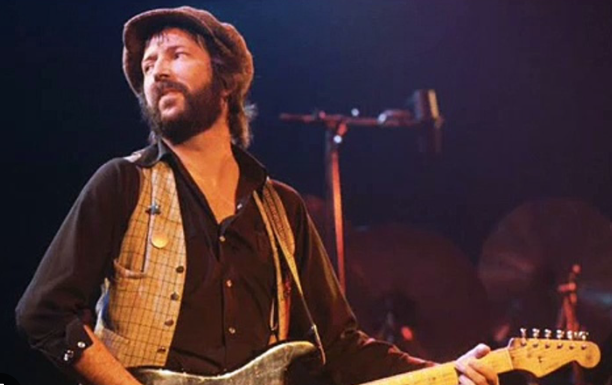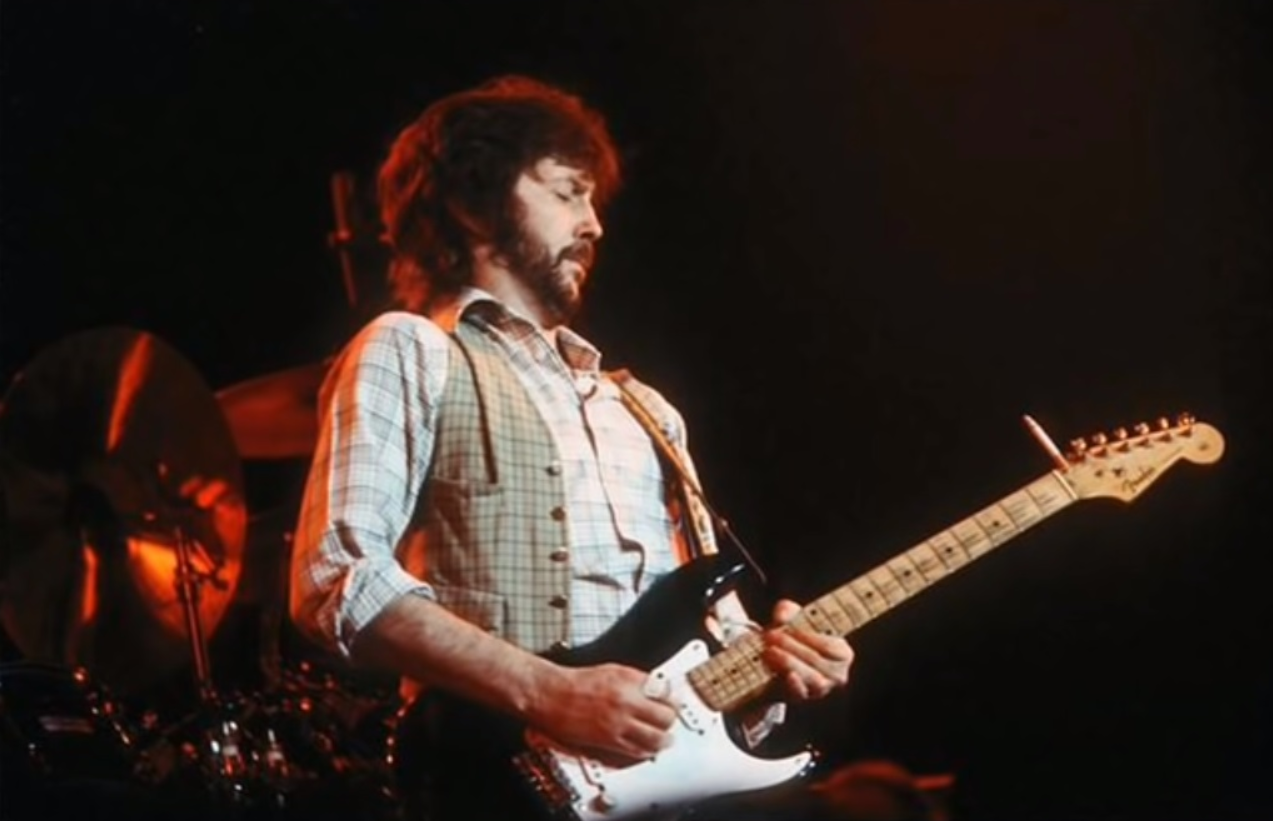Beneath the Surface: Unraveling the Enigma of Eric Clapton's "Tell the Truth"
(watch the video below)
Eric Clapton, a name synonymous with virtuosity and innovation in the realm of blues and rock music, has gifted the world with numerous timeless classics. Among these gems lies "Tell the Truth," a song that not only showcases Clapton's musical prowess but also delves into deeper thematic layers. This comprehensive analysis endeavors to dissect the song from various angles, exploring its musical composition, lyrical content, historical context, and its significance within Clapton's illustrious career.
Eric Clapton's musical journey has been characterized by evolution and reinvention. From his early days with The Yardbirds and Cream to his solo career, Clapton's influence on rock and blues music is immeasurable. "Tell the Truth," a track from his Derek and the Dominos period, stands as a testament to his enduring talent and creativity. Released in 1970 as part of the iconic album "Layla and Other Assorted Love Songs," the song encapsulates the essence of Clapton's artistic vision and personal experiences.

"Tell the Truth" opens with a distinctive riff that immediately grabs the listener's attention. The guitar work, characteristic of Clapton's style, is both intricate and soulful. The interplay between Clapton's guitar and the rhythm section creates a dynamic sonic landscape, driving the song forward with relentless energy. The bluesy undertones, a hallmark of Clapton's music, permeate every note, evoking a sense of raw emotion and authenticity.
The song's structure follows a traditional blues format, with verses alternating with instrumental breaks. Clapton's vocals, while not as flamboyant as some of his contemporaries, exude sincerity and conviction. His delivery is understated yet powerful, allowing the lyrics to take center stage.
One of the most compelling aspects of "Tell the Truth" is its improvisational nature. Clapton's extended guitar solos showcase his improvisational skills, with each performance offering something new and exciting. The chemistry between Clapton and his bandmates is palpable, as they feed off each other's energy, pushing the boundaries of the song with each passing moment.
At its core, "Tell the Truth" is a song about honesty and integrity. The lyrics speak to the importance of being true to oneself and others, even when faced with adversity. Lines like "Tell the truth and shame the devil" and "You can get yourself in trouble, you can talk too much" underscore the consequences of deception and falsehood.

The theme of authenticity resonates throughout the song, reflecting Clapton's own struggles with fame and identity. As one of the most revered guitarists of his generation, Clapton has always remained true to his blues roots, eschewing trends and commercial pressures in favor of artistic integrity. "Tell the Truth" serves as a reaffirmation of Clapton's commitment to his craft and his unwillingness to compromise his principles for the sake of fame or fortune.
To fully appreciate "Tell the Truth," it is essential to consider the historical and cultural context in which it was created. The late 1960s and early 1970s were a tumultuous time in Clapton's life, marked by personal and professional challenges. His struggles with substance abuse and tumultuous romantic relationships were well-documented, and these experiences undoubtedly informed the themes of "Tell the Truth."
Moreover, the song was recorded during Clapton's brief tenure with Derek and the Dominos, a band formed in the wake of his disillusionment with supergroup Blind Faith. The sessions for "Layla and Other Assorted Love Songs" were fraught with tension and creative conflict, yet out of this chaos emerged some of Clapton's most enduring work, including "Tell the Truth."

"Tell the Truth" may not have achieved the same level of commercial success as some of Clapton's other hits, but its influence on subsequent generations of musicians cannot be overstated. The song's timeless message and impeccable musicianship have earned it a place in the pantheon of Clapton's greatest achievements.
Furthermore, "Tell the Truth" continues to resonate with audiences today, serving as a reminder of the enduring power of honest expression in an often-cynical world. Its inclusion in Clapton's live performances over the years has ensured its longevity, allowing new generations of fans to discover its brilliance.
In conclusion, "Tell the Truth" stands as a testament to Eric Clapton's unparalleled talent and enduring legacy. Its powerful message, coupled with Clapton's masterful musicianship, ensures its place as a classic of the blues-rock genre. As long as there are listeners who appreciate authenticity and honesty in music, "Tell the Truth" will continue to captivate and inspire.
Video
Lyrics
Let's sing along with the lyrics !
Tell me who's been fooling you?
Tell the truth
Now, who's been fooling who?
There you sit there, looking so cool
The whole show is passing you by
Better come to terms with your fellow men soon because
Whole world is shaking now, I can feel it
A new dawn is breaking now, I can see it
Tell the truth
Tell me who's been fooling you
(Whoa-oh, babe)
Tell the truth
Now who's been fooling who?
Oh, it doesn't matter to stop who you are
Or where you're gonna be, naturally
Open your eyes and take a look at your heart
Whole world is shaking now, I can feel it
A new dawn is breaking now, I can see it
I can see it, yeah, I can see it
I can see it, yeah, I can see it
I can see it, yeah
Tell the truth
Tell me who's been fooling you (whoa-oh)
Tell the truth
Now, who's been fooling you?
Ohh, hear what I say, every word is true
Oh, baby, I wouldn't tell you no lie, no
Your time's coming, is gonna be soon, 'cause the
Whole world is shaking now, I can feel it
A new dawn is breaking now, I can see it
I can see it, yeah, I can see it
I can see it, yeah, I can see it
I can see it, yeah, I can see it
I can see it, yeah, I can see it
I can see it, yeah, I can see it
I can see it, yeah, I can see it
I can see it, yeah, I can see it
I can see it, yeah



